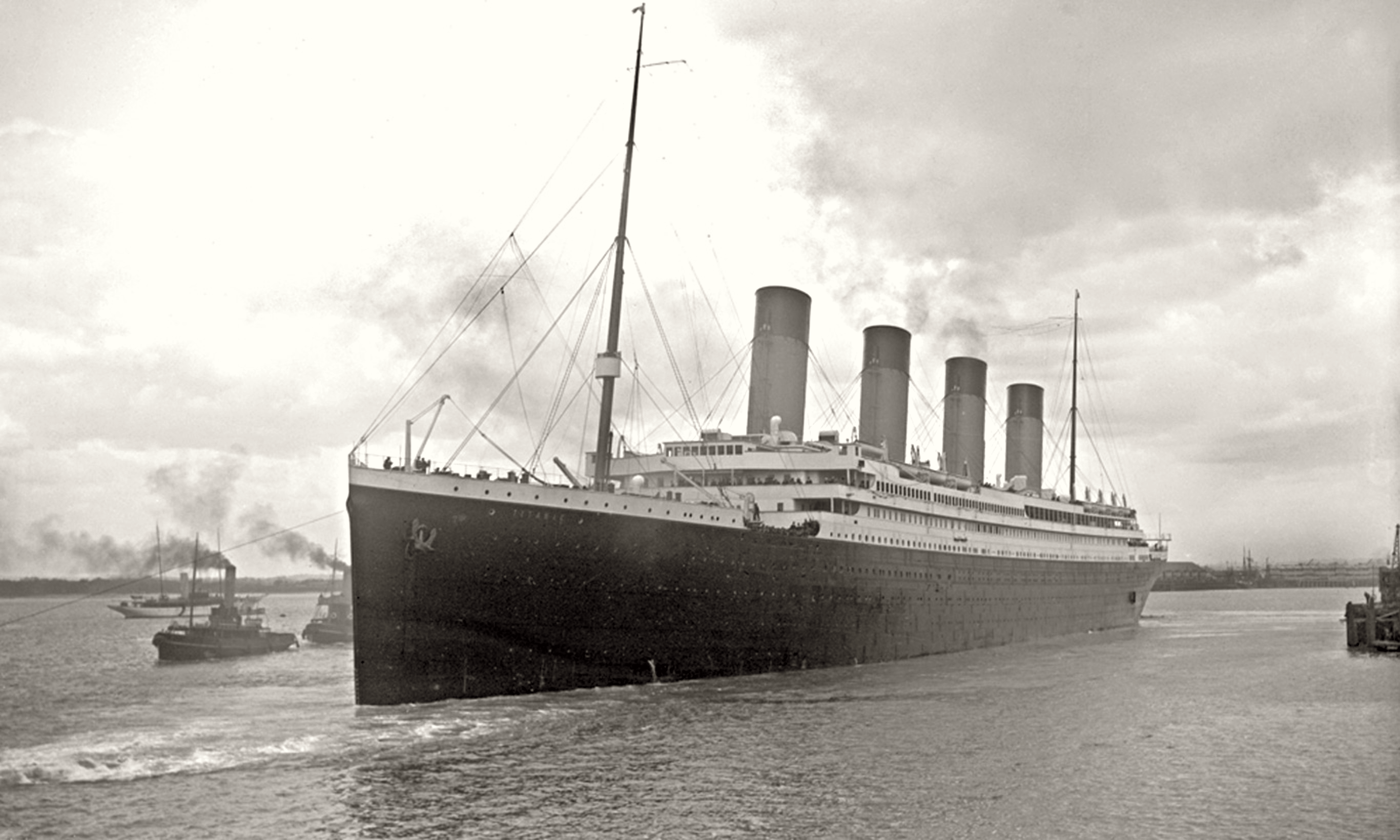10 Forgotten Everyday Items From the Past That Make No Sense Today
Venturing through the annals of time offers a fascinating glimpse into human ingenuity and the evolution of everyday items that once held significant importance in daily life. As we embark on this journey, we unravel how these objects, now seemingly obsolete, were once at the forefront of innovation and necessity. This exploration is not merely a nostalgic reflection but a profound understanding of how societal needs, technological advancements, and cultural shifts have rendered them relics of the past. By examining these items, we gain insight into the resourcefulness of previous generations and the relentless march of progress that defines human history. This article delves into 10 such items, each with its unique story, illustrating how they defy modern logic yet remain integral to the tapestry of our shared past. These items, ranging from the peculiar to the ingenious, serve as a reminder of the creativity and adaptability that have propelled humanity forward.
1. The Quill Pen - A Feathered Tool of Expression

The quill pen, an elegant writing instrument crafted from bird feathers, was once the epitome of communication and expression. Its origins date back to the 6th century, where it served as the primary tool for scribes, scholars, and artists alike. The quill's design allowed for a delicate yet precise flow of ink, enabling the creation of intricate manuscripts and detailed illustrations. Each quill required meticulous preparation, involving the careful selection of feathers, often from geese or swans, and the precise shaping of the nib to ensure optimal performance. Despite its seemingly rudimentary design, the quill pen was a technological marvel of its time, facilitating the dissemination of knowledge and culture. It played a pivotal role in the documentation of history, the spread of ideas, and the preservation of literature. However, with the advent of the metal nib pen in the 19th century, the quill's reign ended. The new pens offered greater durability and convenience, rendering the quill an anachronism. Yet, the quill's legacy endures in the artistry of calligraphy and the romantic notion of a time when writing was a deeply personal and deliberate act.
2. The Abacus - Calculating Through Beads
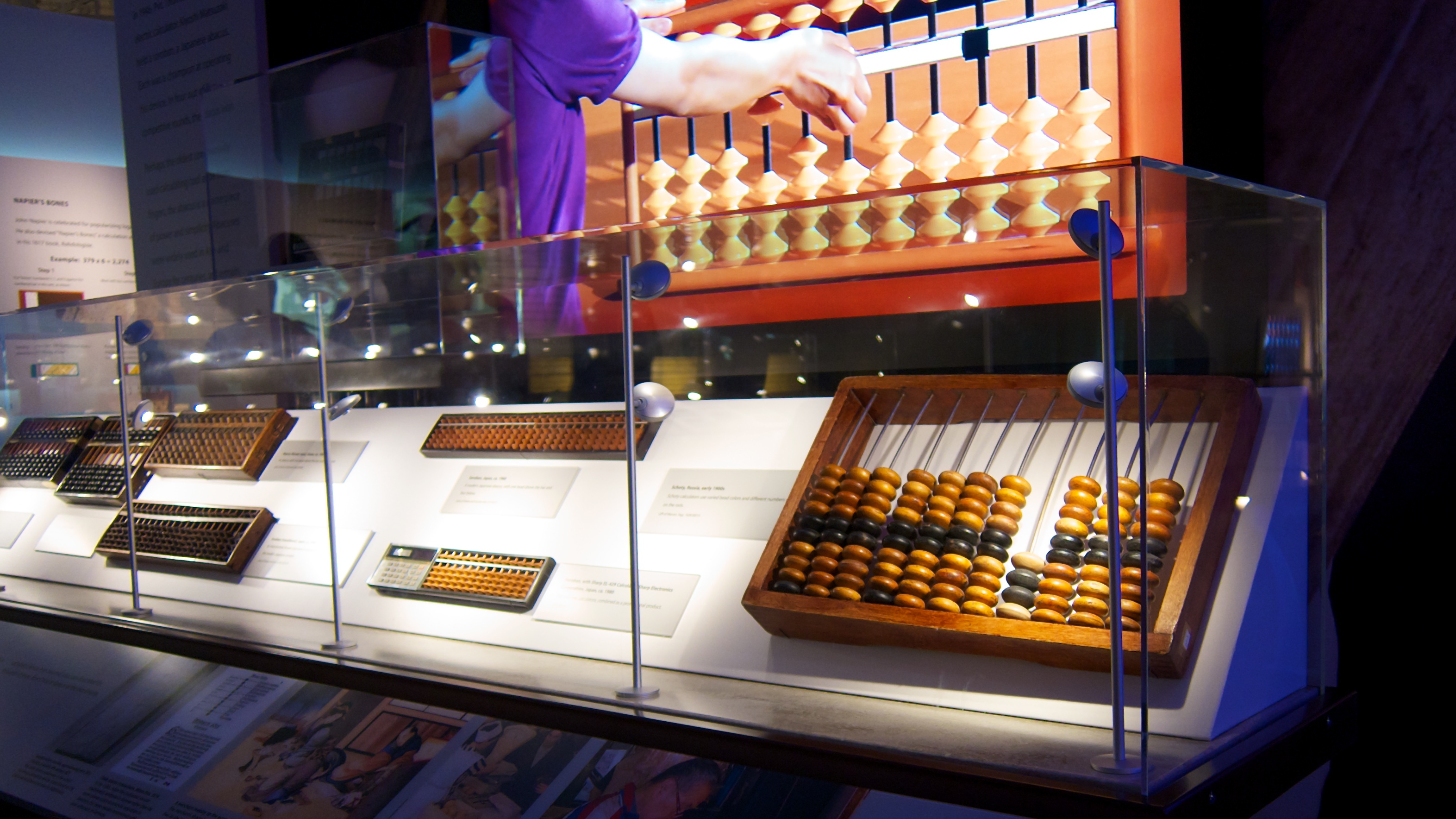
The abacus, a simple yet ingenious counting device, has been an essential tool for commerce and mathematics for centuries. Originating in ancient Mesopotamia, the abacus spread across cultures, each adapting it to their numerical systems. This device, consisting of a frame with rods and movable beads, allowed users to perform complex calculations with remarkable speed and accuracy. In an era before digital calculators, the abacus represented the pinnacle of computational efficiency, enabling traders and scholars to manage accounts and solve mathematical problems. Despite its simplicity, the abacus required skill and practice to master, with users developing a deep understanding of arithmetic principles. Its use persisted well into the 20th century, particularly in Asia, where it remained a staple in education and business. However, the rise of electronic calculators and computers eventually supplanted the abacus, relegating it to a historical curiosity. Today, the abacus is celebrated for its educational value, teaching fundamental mathematical concepts and fostering mental agility. Its enduring presence in classrooms underscores its lasting impact on the development of numerical literacy.
3. The Spinning Wheel - Weaving Threads of History
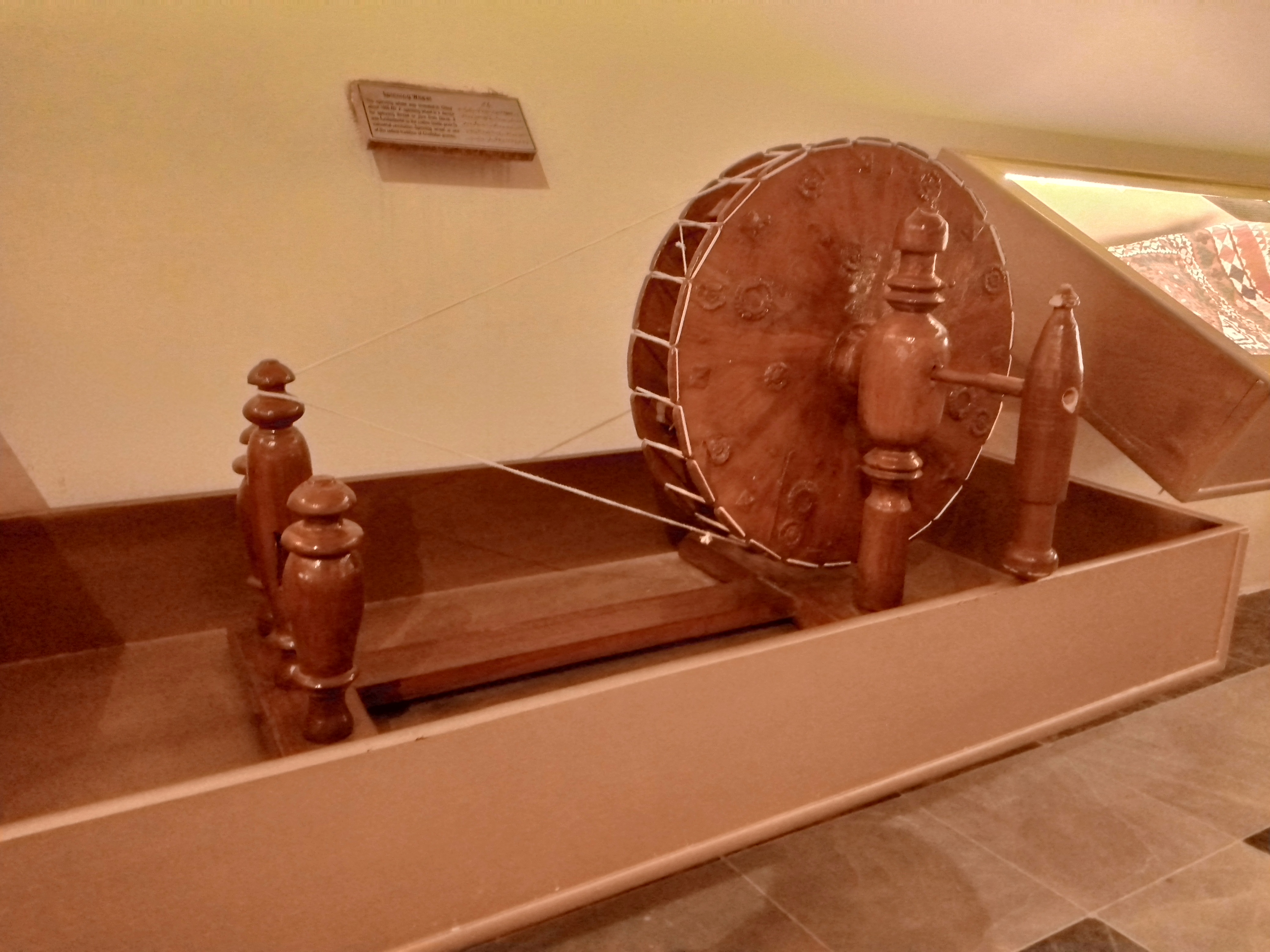
The spinning wheel, a quintessential symbol of pre-industrial life, revolutionized textile production by transforming raw fibers into yarn with unprecedented efficiency. Emerging in the Indian subcontinent around the 11th century, the spinning wheel spread across Europe and Asia, becoming a staple in households and workshops. This device, with its characteristic wheel and spindle, enabled individuals to produce yarn at a much faster rate than hand-spinning methods, significantly boosting the textile industry. The spinning wheel's impact extended beyond economics; it played a vital role in social and cultural life. Spinning was often a communal activity, fostering social bonds and transmitting skills across generations. The wheel also symbolized self-reliance and independence, particularly during movements such as Gandhi's Swadeshi campaign, which advocated for local production over foreign imports. The Industrial Revolution, however, ushered in mechanized spinning machines, rendering the traditional spinning wheel obsolete. Yet, its legacy endures in the resurgence of artisanal crafts and the romantic imagery of simpler times.
4. The Sundial - Capturing Time with Shadows

Before the advent of mechanical clocks, the sundial was humanity's primary means of tracking time, relying on the movement of the sun's shadow across a marked surface. This ancient timekeeping device has roots in Egyptian and Babylonian civilizations, evolving in complexity and design over millennia. Sundials were not only practical tools but also architectural marvels, often integrated into public spaces and private gardens, reflecting both scientific knowledge and artistic expression. The sundial's operation was elegant yet required careful calibration to account for geographical location and seasonal variations. Its use demanded an understanding of astronomy and geometry, disciplines that flourished alongside the development of more sophisticated sundials. Despite their precision, sundials were limited by their dependence on sunlight, rendering them ineffective at night or during inclement weather. The invention of mechanical clocks in the 14th century gradually displaced sundials, yet they remain cherished historical artifacts and decorative elements, embodying humanity's enduring fascination with the passage of time.
5. The Butter Churn - From Cream to Culinary Delight

The butter churn, a staple in rural households, was once essential for transforming cream into butter, a dietary staple and valuable commodity. This simple device, consisting of a container and a plunger or paddle, required manual effort and skill. Churning butter was often a communal task, bringing families and communities together in a shared culinary endeavor. The process, though labor-intensive, was deeply satisfying, yielding a product that was both nutritious and versatile. Butter churns varied in design, from the basic wooden barrel to more sophisticated crank-operated models. Each churn reflected the cultural and technological context of its time, adapting to the needs and resources of its users. The advent of industrial dairies and mechanized butter production in the late 19th century marked the decline of the traditional butter churn. However, the resurgence of artisanal and home-based food production has rekindled interest in this age-old practice, celebrating the craftsmanship and connection to heritage that churning butter represents.
6. The Chamber Pot - A Necessary Convenience
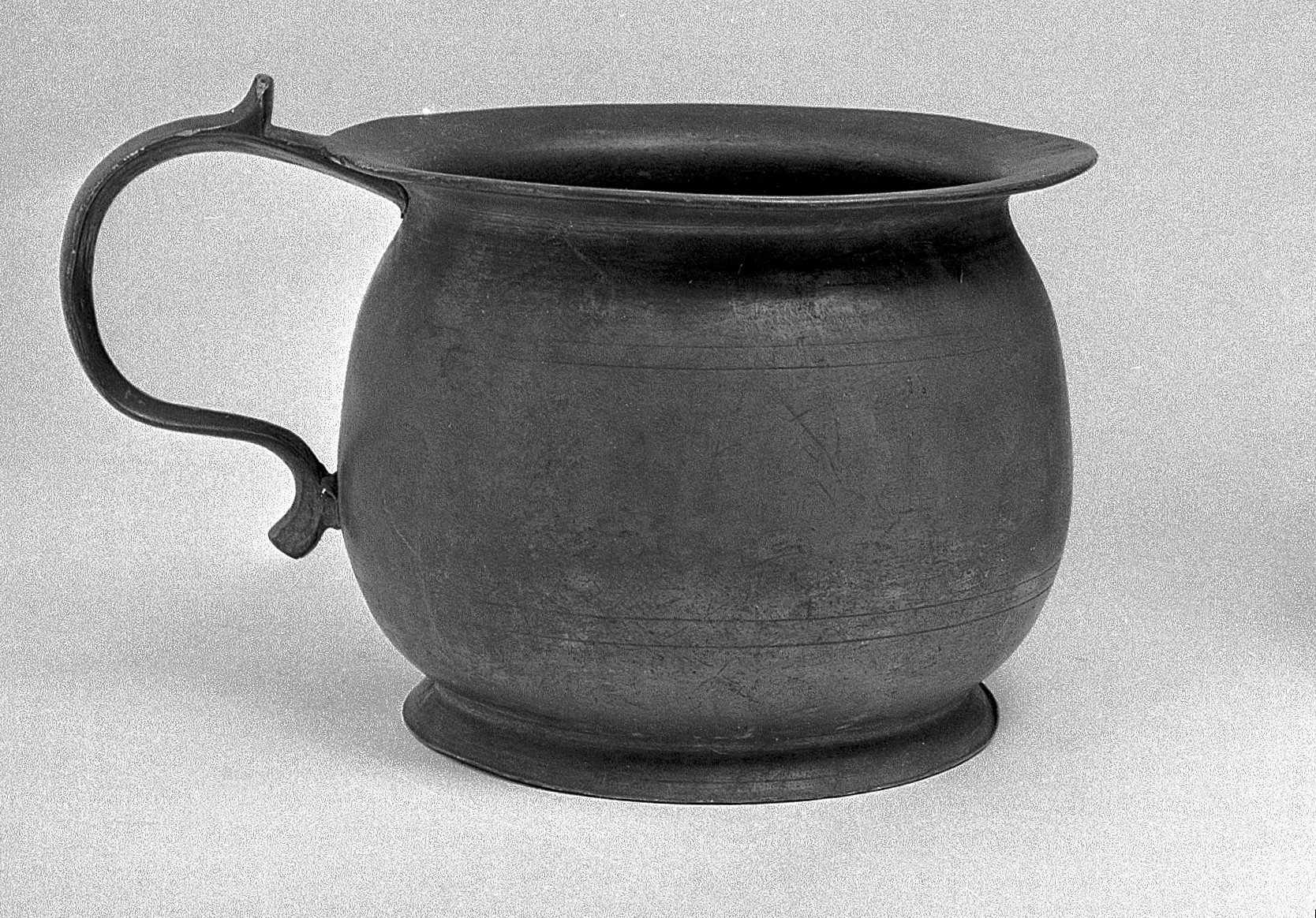
Before modern plumbing revolutionized sanitation, the chamber pot was an indispensable household item, providing a convenient solution for personal hygiene. This simple vessel, often made of ceramic or metal, was kept in bedrooms or under beds, offering an accessible option for nighttime use. Chamber pots were a common feature in homes across cultures, reflecting the universal need for privacy and comfort in daily life. While rudimentary by today's standards, chamber pots were often ornately decorated, serving as functional items and expressions of personal taste. Their use persisted for centuries, with variations such as the commode and the bourdaloue catering to different needs and social contexts. The development of indoor plumbing and flush toilets in the 19th and 20th centuries rendered chamber pots obsolete, yet they remain intriguing artifacts of domestic history. Their presence in museums and antique collections offers a tangible link to the past, illustrating the evolution of sanitation and the quest for modern convenience.
7. The Icebox - Preserving the Harvest

Long before the invention of electric refrigerators, the icebox was the primary means of preserving perishable food, relying on ice blocks to maintain a cool environment. These insulated cabinets, often crafted from wood and lined with metal or zinc, were a common sight in kitchens from the mid-19th to early 20th centuries. The icebox revolutionized food storage, extending the shelf life of produce and allowing households to enjoy seasonal foods year-round. The icebox's effectiveness depended on a reliable supply of ice, delivered by icemen who became familiar figures in urban and rural communities alike. Despite their limitations, iceboxes represented a significant advancement in domestic technology, improving food safety and reducing waste. The advent of electric refrigeration in the 1920s marked the decline of the icebox, yet its legacy endures in the design and function of modern refrigerators. The icebox is a testament to human ingenuity and the ongoing quest for convenience and efficiency in daily life.
8. The Telegraph - Connecting the World
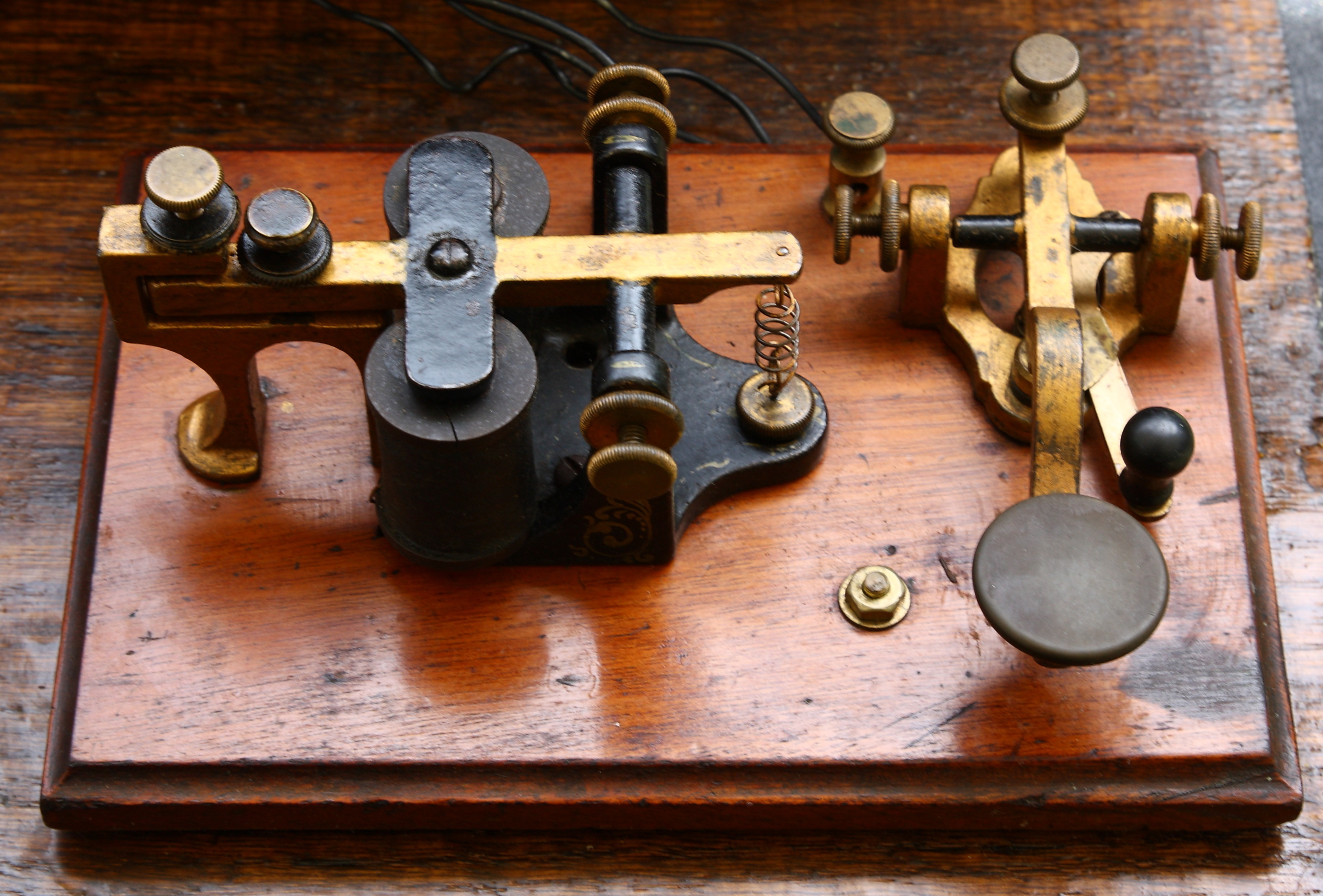
The telegraph, a groundbreaking communication technology, transformed how people interacted, shrinking the world by enabling near-instantaneous transmission of information. Developed in the early 19th century, the telegraph system relied on electrical signals sent over wires, translating messages into Morse code. This innovation revolutionized communication, facilitating the rapid exchange of news, business transactions, and personal correspondence across vast distances. The telegraph's impact was profound, influencing everything from journalism to military strategy and laying the groundwork for future advancements in telecommunications. Its introduction marked the beginning of the information age, altering perceptions of time and space and fostering a sense of global interconnectedness. The invention of the telephone and, later, digital communication technologies gradually rendered the telegraph obsolete, yet its legacy endures in the infrastructure and principles that underpin modern communication networks. The telegraph symbolizes technological progress and the relentless human desire to connect and communicate.
9. The Phonograph - Capturing Sound

The phonograph, an invention of Thomas Edison in 1877, revolutionized how people experienced music and sound, marking the birth of the recording industry. This device, capable of capturing and reproducing sound, allowed individuals to enjoy music and spoken word in the comfort of their homes. The phonograph's design, featuring a rotating cylinder or disc and a stylus, transformed sound waves into physical impressions, preserving them for future playback. The phonograph democratized access to music, enabling a wider audience to experience performances that were previously confined to concert halls and theaters. It also played a crucial role in preserving cultural heritage, capturing the voices and music of diverse communities for posterity. The advent of radio and later, digital media, eclipsed the phonograph, yet its influence is undeniable. The phonograph laid the foundation for the modern music industry, shaping how we create, distribute, and consume sound. Its legacy is celebrated in the continued appreciation of vinyl records and the revival of analog sound in contemporary music culture.
10. The Typewriter - Writing at the Speed of Thought

The typewriter, a mechanical marvel of the 19th century, revolutionized how people wrote, offering a faster and more efficient alternative to handwriting. This device, with its keyboard and inked ribbon, enabled the production of legible and uniform text, transforming the fields of literature, journalism, and business. The typewriter democratized writing, providing a tool that allowed individuals to produce documents with speed and precision. The typewriter's impact extended beyond practicality; it influenced the very nature of writing, encouraging brevity and clarity. It also opened new opportunities for women, as typing became a valued skill in offices worldwide. The rise of personal computers and word processing software in the late 20th century rendered typewriters obsolete, yet their influence persists. The typewriter remains an enduring symbol of creativity and productivity, celebrated for its tactile experience and nostalgic charm. Its legacy is evident in the digital interfaces and fonts that mimic its distinctive style, bridging the gap between past and present.
As we conclude our journey through the annals of time, we reflect on the profound impact these once-essential everyday items have had on human history. Each object, from the quill pen to the typewriter, tells a story of innovation, adaptation, and eventual obsolescence, highlighting the dynamic nature of progress. These items, though defying modern logic, offer valuable insights into the challenges and triumphs of past generations, reminding us of the resilience and creativity that have driven human advancement. Exploring these artifacts underscores the transient nature of technology and the constant evolution of societal needs. While they may no longer serve their original purpose, their legacy endures in the lessons they impart and the inspiration they provide for future innovations. As we look to the future, we carry forward the spirit of ingenuity and curiosity that has defined our past, embracing the possibilities of new technologies while honoring the contributions of those who came before. The journey through time is a testament to the enduring human spirit, striving for progress and understanding in an ever-changing world.





